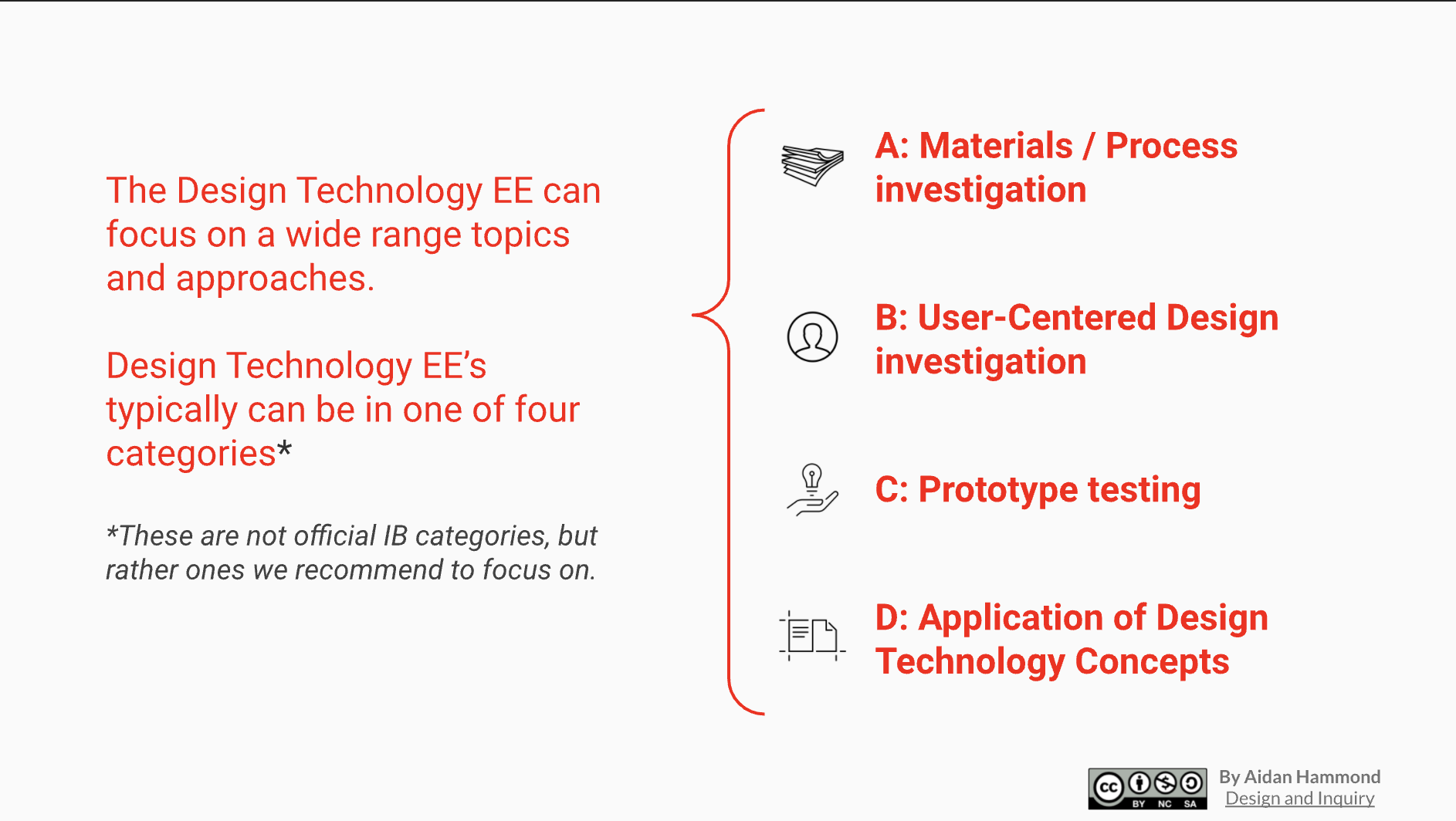Over the past year I have been exploring how to use AI in the planning and delivery of design inquiries. These tools have opened up new opportunities and workflows, both for me and my students. I started by using AI tools to support the delivery of content to learners by providing differentiated background text and resources.
Recently my students and I have been exploring ways of using AI as a research assistant, critical friend, or colleague. This has lots of potential in the design inquiry process. Students can use chat bots such as ChatGTP, Poe, or Perplexity to inquire into, jumpstart, or scaffold various steps of a design inquiry. This might look like:
Asking AI to suggest possible design constraints to context;
Having a conversation with a fictional user, expert, or secondary user in order to uncover needs or new perspectives
Asking the AI to suggest possible research directions for further exploration;
Asking the AI to suggest possible considerations or possibilities for a design solution.
The links above link to chats with ChatGTP and Perplexity, where you can see how a conversation develops.
Below is an example of a scaffold we are using with students to guide them in the creation of a persona in an Large Language Model AI such as ChatGTP.
As we have navigated this, we are coming to see the importance of user research to help frame and guide the AI. This powerful technology can swiftly offer generic persona templates, but creating a meaningful persona demands a foundation rooted in research. As such its important to guide students through a process that includes face-to-face interactions, observations, and interviews. These steps are vital for developing a nuanced understanding of user needs and fostering empathy, a cornerstone of human-centered design. The AI offers a way to consolidate, summarize, or present different perspectives - but it is not a substitute.
Below is an example of the kind of resource that we are working through with students.
I’ve shared more of these explorations and strategies on my Design and Inquiry site for design educators and students.
It is crucial for educators to recognize that the outputs of AI models represent nuanced interpretations influenced by the underlying training data. Therefore, critical thinking plays a pivotal role in equipping students with the capacity to formulate insightful inquiries during the design phase. This intellectual rigor prompts students, under the guidance of educators, to question assumptions, discern potential biases, and scrutinize the model's operations. Through emphasizing these analytical skills, students are empowered to move beyond surface-level acceptance of AI-generated results, fostering a mindset oriented towards depth, precision, and nuanced understanding.








